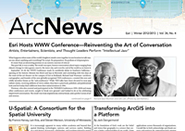Artists, Entertainers, Scientists, and Thought Leaders Perform “Intellectual Jazz”
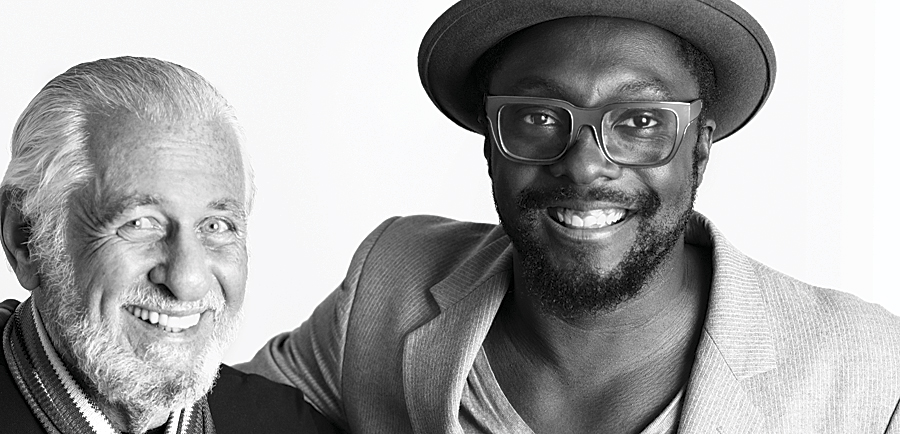
What happens when some of the world’s brightest minds come together in one location to talk one-on-one about anything and everything? No script. No preparation. No podium or teleprompters.
It’s more than an interesting premise or an esoteric exercise of what if.
This past fall, it was a reality. The result was open, honest conversation about topics ranging from climate change to video games, insects, the inner city, and even the end of the world as we know it.
September 18–20, the WWW Conference made its worldwide debut in Southern California—opening at the historic Mission Inn Hotel and Spa in Riverside and concluding with two days at the state-of-the-art theater on the campus of Esri in Redlands. Richard Saul Wurman—architect, cartographer, and founder of the now globally recognized TED conferences—created this new and wildly inventive forum as the “anti-conference.” While TED talks have been elevated to near pop culture status, receiving millions of views online, they have a practiced, polished, and professional look and feel today that’s different from their initial iteration in 1984.
Wurman, who also created and participated in the TEDMED Conferences 1995–2010 and many other conferences and events, sought to break new ground—and looked to do so by celebrating improvised conversation. The result was truly inspirational, instructional, and a perfect nexus of art and science.
The WWW Conference provided three days of dynamic dialog. Wurman’s mandate was simple: pair amazing individuals together and spark conversation with a simple question, idea, or premise. Then let the conversation evolve, naturally and organically, without rehearsal, preparation, or planning of any sort.
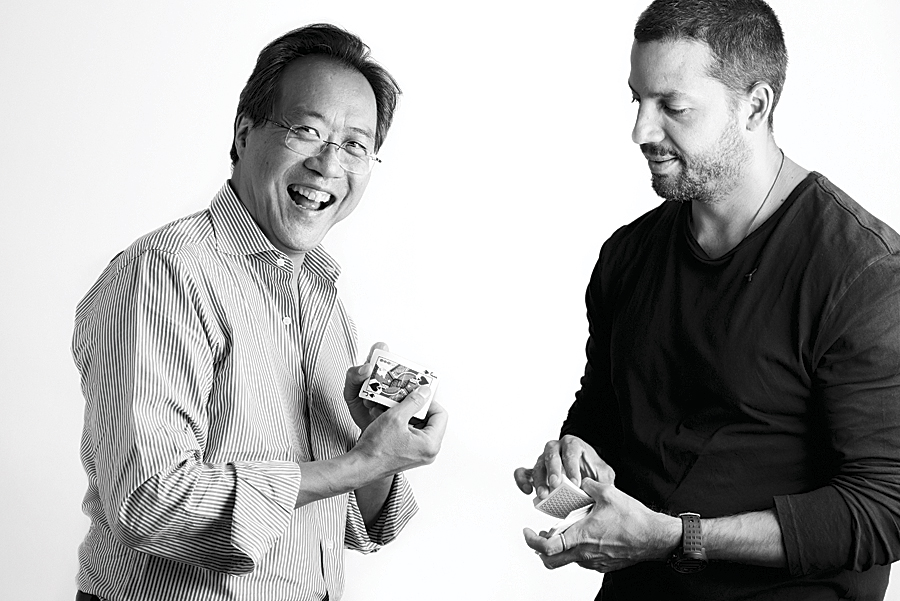
And while the idea might sound otherworldly, its originality proved to be enticing.
From musician and producer Quincy Jones to ocean explorer Dave Gallo, magician David Blaine, Tony Award-winning film and musical director Julie Taymor, experimental psychologist Steven Pinker, The Simpsonscreator Matt Groening, theoretical physicist Lisa Randall, Pulitzer Prize-winning poet C. K. Williams, and Dallas Mavericks owner Mark Cuban, nearly 50 renowned personalities across diverse disciplines agreed to join in the intellectual and artistic stew.
Conversations lasted from 30 minutes to more than an hour. There were musical performances; poetry readings; and guests, such as astrophysicists, microbiologists, researchers, actors, playwrights, and CEOs, reinvigorating what it means to create truth, knowledge, and understanding.
“It was an energetic exploration of the lost art of conversing,” says Wurman. “The most innovative ideas come from conversations between two individuals.”
When it came time to pick the perfect venue for the event, Wurman turned to friend, collaborator, and Esri president Jack Dangermond. In addition to delivering a keynote at the 2010 Esri International User Conference, Wurman has worked with Dangermond on several projects over the years. The two agreed to have Esri host the conference.

That the world’s great thinkers descended on a location where geography is the great denominator of understanding our world was hardly an accident. What better place to have conversations around the theme of understanding our world?
“Richard Saul Wurman is a true visionary, and his work as author, architect, urban planner, and founder of TED put him in a unique position to carry out the WWW Conference in magnificent fashion,” says Dangermond.
The Esri auditorium stage featured three couches. Two faced each other for the participants, and the third was placed between, where Wurman would kick off the conversation. To the audience’s left was a magnificent interpretive glass arrangement called Macchia Forest by artist Dale Chihuly, and to their right, a grand piano. The simple and spartan design kept the focus on the people and the dialog they would exchange.
“It’s an amazing place,” Wurman said during the first morning at Esri. “I hope you see the contrast between this and the chapel [at the Mission Inn]. Only this is a chapel to understanding, of understanding our world through maps.”
Each day featured an hour break in the morning and afternoon, and another hour-plus break for lunch. All breaks took place at the Esri Café, resulting in more conversation. And during those breaks, speakers and attendees alike often received high-tech demos of the latest geospatial solutions and best practices in places around the world. This, too, was off-the-cuff. People would wander out of the auditorium and into Esri technical areas to get a glimpse behind the magical map curtain.
Day two featured a special event that further explored the dynamics of location—in one room was a live camera feed to innovators in China that spurred impromptu conversation between a handful of attendees in Redlands and their counterparts halfway around the world.
“It’s nice to have it in a city like Redlands, where I don’t have to worry about losing people,” said Wurman to the audience.
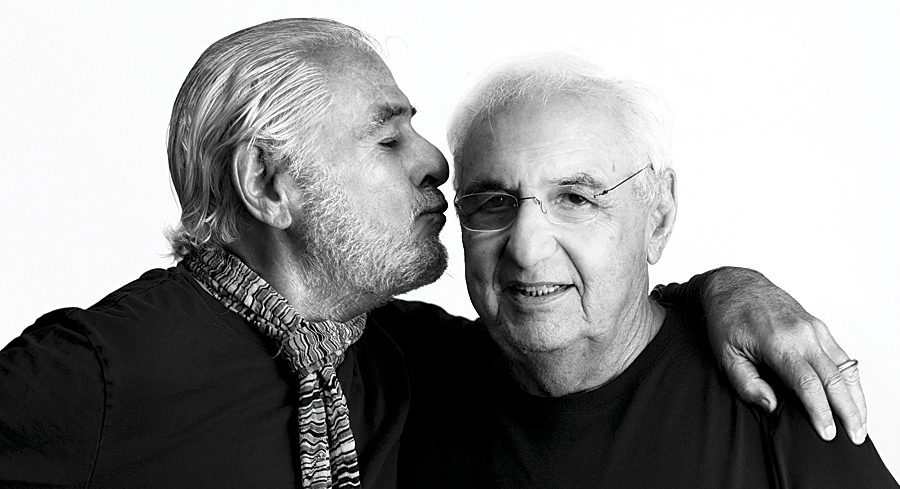
The Greatest Commodity of the 21st Century
What also attracted Wurman to creating the WWW Conference was cultivating the greatest commodity of the 21st century: understanding.
For years, Wurman has held that understanding precedes action. The type of intellectual honesty offered at WWW would be something never before seen, which leads to the question—and understanding—of what the letters WWW represent.
According to organizers, the first W stands for World. And from there, it gets interesting. The other Ws stand for a whole host of words and ideas: Water, Wealth, Women, Waste, War, Well-being, Wildlife, Witness, Wilderness, Work, Wisdom, Wit, and the Waking Dream. That’s for starters.
“WWW was a gathering of the greatest, most interesting, and curious minds in the world,” says Wurman. “We celebrated the 21st century while drawing attention to new patterns and convergences affecting our health and our planet.”
The event itself demonstrated improvisation at every turn. Opening night at the Mission Inn kicked off with virtuoso cellist Yo-Yo Ma making a last-second decision to perform before the 300-plus audience seated in the Mexican-Baroque styled St. Francis Chapel. Wednesday morning at the Esri campus went off script as well, with renowned soprano—and recipient of two double-lung transplants—Charity Tillemann Dick singing a personalized rendition of “Happy Birthday” to Norman Lear for his 90th birthday, which had just taken place in July. Then another birthday song was sung for the audience members whose birth year ended in a 5 or 0 (20, 25, 30, 35, etc.). There were moments of true spontaneity—like when Pulitzer Prize-winning journalist Mary Jordanwas overcome with emotion talking about her experiences as a journalist traveling around the world and reporting and the need for individuals to reach out and do good to others. She shared a story about a woman working in a Mexican prison, who helped comfort prisoners who were forced to sleep on the ground outside the prison walls because there were no more rooms available.
A collaboration by Billy Idol guitarist Steve Stevens and musician/composer Cristina Pato on the bagpipes brought the crowd to its feet. It was preceded by a lighter moment.
“The brainpower in this room is different than the Viper Room,” quipped Stevens, who was headed to perform at the notorious Los Angeles nightclub immediately following his session at the WWW.
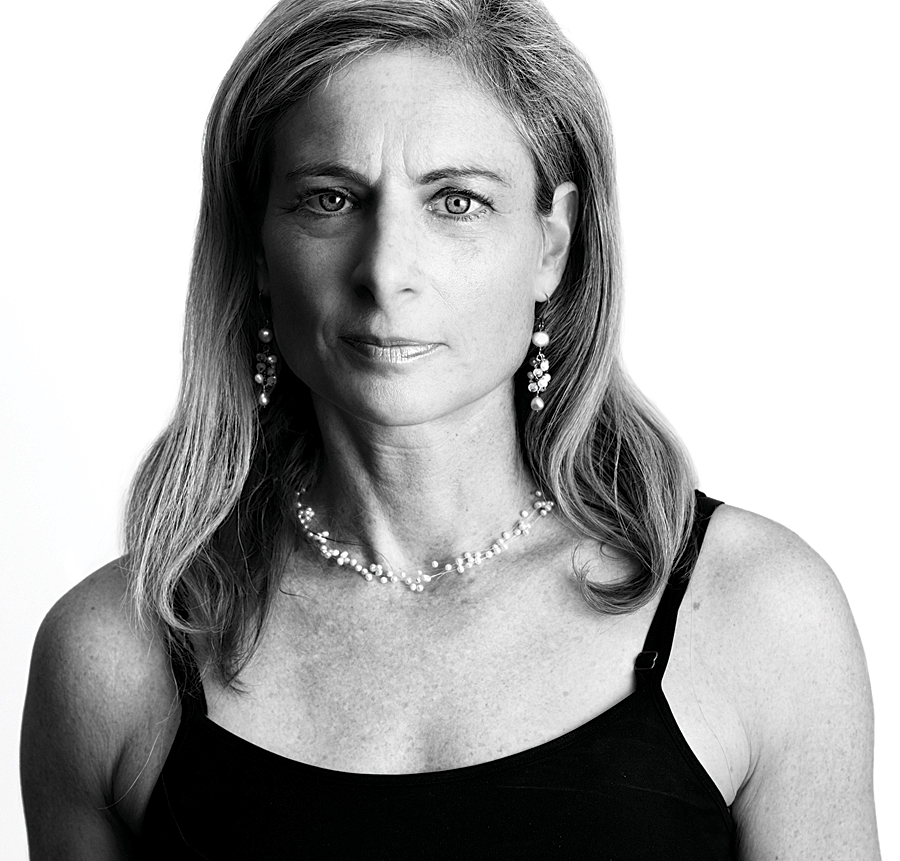
A bus transported attendees and speakers alike to and from the Mission Inn and the conference each day. Even that commute yielded unscripted verbal exchanges and illuminations both during and after the actual conference.
A few of the conference highlights included the following:
The Maestro
Richard Saul Wurman mentioned during the first night that what the country needs is a “Secretary of Understanding.” While that’s something he’s talked about for years, this created quite a buzz during the event. Understanding was a central theme throughout the entire event—for the humanities as well as the sciences.
The Performers, Entertainers, and Writers
Award-winning television producer Norman Lear and Dreamworks CEO Jeffrey Katzenberg both discussed the social, artistic, and technological influence their movies and television programs have held with society. Katzenberg spoke about the rate of technology change and the opportunity it provides today’s filmmakers. He also talked about the first gifts we are all born with—watching and listening—and how the next phase of technology will involve moving from texting toward video, moving to the most fundamental, intuitive approach to consuming information. Lear talked about the social impact of All in the Family and the fact that he saw the ripple effect it left with people watching the show from all the mail he received.
Grammy Award winners and multiplatinum performers alike, Herbie Hancock and will.i.am spoke about the need for science, math, and technology education in the inner city. Of all the speakers, will.i.am brought an energy and engagement that was unparalleled. He proclaimed society didn’t need another musician from the ghetto; it needed another Mark Zuckerberg from the ghetto. He talked about the work he’s doing for his childhood neighborhood of Los Angeles. He leads the implementation of a science, technology, engineering, and mathematics (STEM) program at Roosevelt High School. For this and for all his philanthropic endeavors, he meets remarkable people so he can “sponge it up” and go back to the inner city where he can “rinse it out.”
Yo-Yo Ma and Pulitzer Prize-winning journalist David Brooks talked about the conditions and requirements for the life of music and writing. While one is a virtuoso and the other an insightful wordsmith, both touched on the discipline that goes hand in hand with creativity. Yo-Yo Ma described his formative years, age 4 to 15, as a focused, concentrated time with thousands of hours spent forging his art. Brooks talked about the daily work—the tumult and toil—that goes into writing a weekly political opinion column, particularly in today’s fast-paced society. The challenge is to focus our attention. As he put it, you have to be so committed to something that you lose yourself to find the meaning of things.
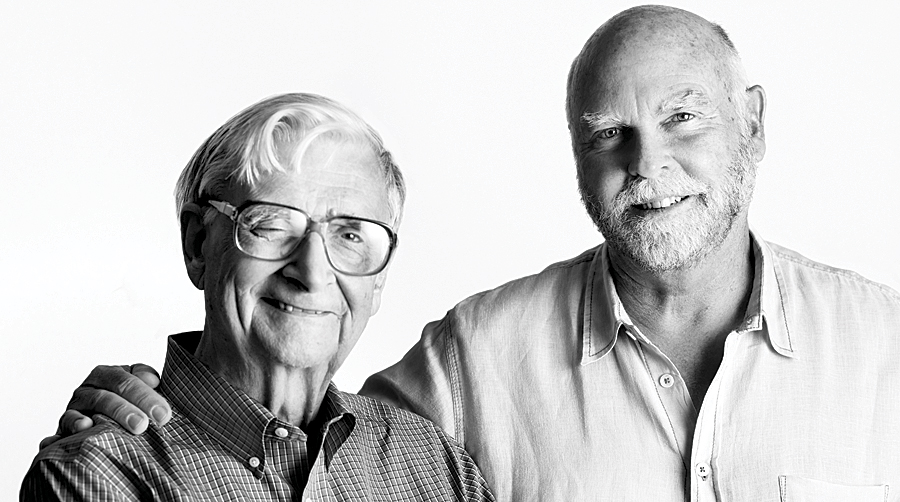
The Scientists, Architects, and Researchers
When asked about how he approaches a new project, architect Frank Gehry (whose projects include the Walt Disney Concert Hall in Los Angeles and the Guggenheim Museum in Bilbao, Spain) responded with a lesson a teacher gave him at an early age: no matter what you do, always make it the best. University of California, Los Angeles (UCLA), Department of Neurology chair and award-winning researcher John Mazziata‘s study of the brain through scanning and imaging helps people understand more about how we learn: the types of information, how it is presented, and at what age it can be processed. Gehry posited how we teach students who don’t fit into the traditional education system. Both of his sons did not do well on standardized tests, yet both succeeded in life. How do we help artists who don’t know they are artists?
Botanist and environmentalist Peter Raven joined Esri president Jack Dangermond to discuss biodiversity, sustainability, climate change, and the need for greater awareness of these issues. Raven stated alarming statistics: there are three people alive today for every one of us when we were born. Another billion will be added to the population in 12 years. Both agreed—nations and corporations must get together to solve the problems of sustainability. Both also agreed that GIS is a fundamental platform for understanding. It brings people together to see, understand, and act. Raven summed up a life’s worth of observation: learn all your life. Keep voting. Keep teaching. And above all, educate and encourage children.
Pulitzer Prize-winning biologist—and lover of ants and ant colonies—E. O. Wilson sat across from Will Wright, cofounder of Maxis and inventor of the wildly popular video game SimCity. Wilson went from discussing his research that involves complex social behavior in organisms, such as ants and bees, to a question for Wright: can we create games that take a person back in time 375 million years so that they can walk down a path in a cold forest during the Paleozoic period? That, said Wilson, would be a wonderful game—and teaching tool. Wright agreed. Wright shared that he felt games and storytelling are both educational tools. We have a limited bubble of experience. We supplement that with games and storytelling. They give us experience without risk.
The Next Big Thing(s)
Building on the themes of WWW, Richard Saul Wurman already has plans for more outlier events; in spring 2013, Prophesy 2025 will take place over five sequential Mondays in five cities in five countries around the world, each a one-day event. An expert leader will make a prophecy—by way of long-form conversation—on what can be expected to happen in the next 12 years. It will invite conversation and connection between the generations. At least two of the five speakers will be from the region where the event takes place. The themes will not be religious or doom and gloom but rather constructive ideas for the near future. Similar to WWW, the events will propel innovation, inspiration, and intellectually invigorating conversation by the world’s finest thinkers. The results will be broadly distributed through world media.
“Richard Saul Wurman somehow managed to undo all of the rules and redefine the conference format that he invented 30 years ago,” says Paul Soulellis, a New York-based artist and creative director. “I left with the feeling that a few of the world’s most brilliant minds had shared some of their passions and dreams. WWW was generous and intimate and of the moment.”

